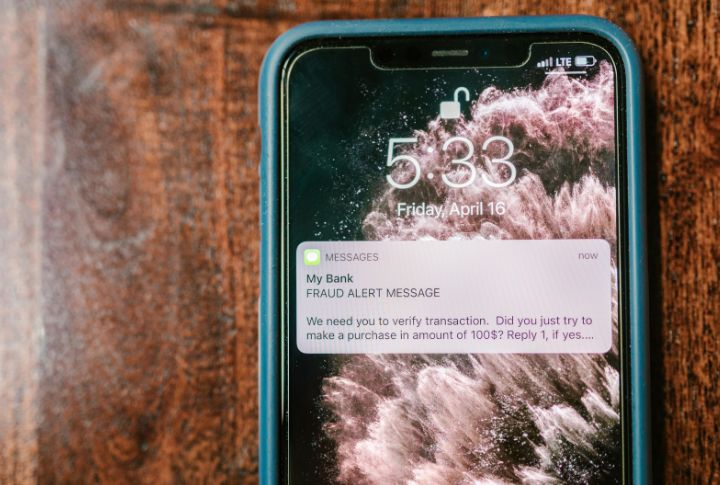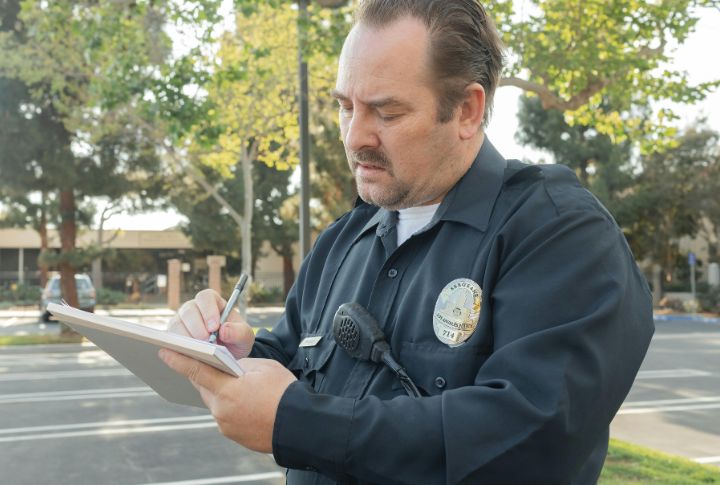
Fraud on your credit file feels overwhelming, but staying still makes it worse. Luckily, the fix doesn’t have to be complicated. With a few quick steps, you can lock things down and stop the mess from spreading. Here’s what to do first—because doing something beats doing nothing every time.
Look For Signs Of Credit Fraud

A sudden dip in your credit score can be the first clue that something’s not right. That drop might mean someone opened accounts in your name. And if odd bills arrive, credit apps ping you, or the IRS sends letters, don’t wait—act quickly.
Add A Fraud Alert To Your Report

Think of a fraud alert as a friendly warning sign that tells lenders to pause and double-check before approving credit. With just one request, all three bureaus get notified. It’s free, lasts for a year, won’t lower your score, and can be renewed with a theft report.
Freeze Your Credit At All Bureaus

Freezing your credit creates a strong barrier against new accounts being opened. Lenders won’t be able to access your report unless you open it, which you can easily do anytime. Each bureau requires a separate freeze, but thankfully, there’s no cost involved, and it’s simple to lift whenever needed.
Check Every Credit Report Carefully

Start at Annual Credit Report, then grab reports from all three credit bureaus. Look closely for odd addresses or jobs you never held. Since each bureau might show something different, save screenshots or print copies so nothing slips through the cracks while you investigate.
Report Identity Theft To The FTC

Visit the Identity Theft’s official website to file your report and receive clear, step-by-step guidance. The site provides a personalized recovery plan along with an official affidavit you can use to notify banks and credit bureaus. A police report isn’t required, though having one can help support your case further.
Close Any Fraudulent Accounts Immediately

Before anything else, call the company where the suspicious account popped up. Ask to speak with their fraud department and tell them to close the account immediately. Then send your Federal Trade Commission (FTC) affidavit with any documents you’ve gathered. Finally, request written proof that the account was removed.
File A Police Report When Necessary

If a business asks for more than your FTC report, a police report may be the missing piece. Bring your ID and any documents tied to the fraud. Some states require it for extended alerts or insurance claims. Remember to file locally or where the fraud took place.
Dispute False Items On Your Report

Go straight to the credit bureau that posted the error. Dispute it online or by phone. Include your FTC affidavit and any supporting details. By law, they must review within 30 days. If your claim checks out, they’ll fix the error and send you the updated report.
Secure Your Online Accounts

Once fraud hits, it’s time to lock things down. Begin by changing your passwords on banking apps and email accounts. Next, turn on two-factor authentication. Remove unknown devices, and monitor your inbox closely for login alerts or verification attempts you didn’t request.
Keep A Record Of Every Action

Keep a file—digital or printed—that tracks every step you’ve taken. Save reports and emails. Log each phone call separately with names and dates. These records come in handy when a case is delayed or handed off. Well-kept details also make resolving disputes much easier to manage.
